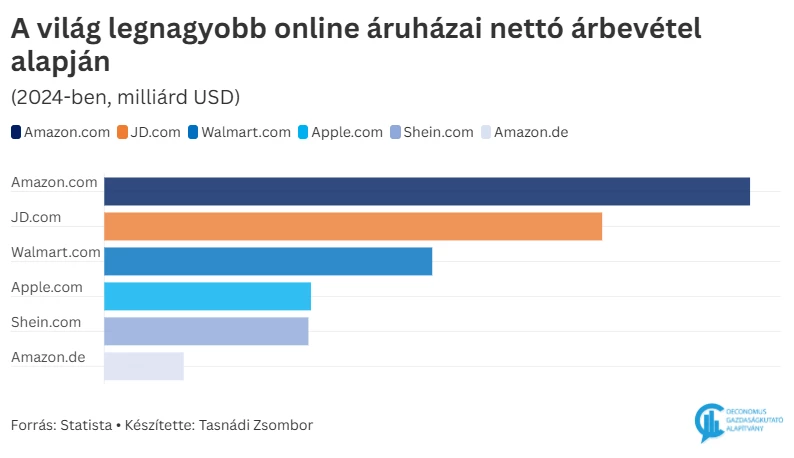
High-quality Chinese products are coming
For years now, Chinese manufacturers such as Haier, Midea, Hisense, and Xiaomi have been gradually replacing Western brands such as Bosch, Siemens, Miele, and AEG in China. This trend may now spread to Europe. The management of JD.com makes no secret of its ambitions: it wants to introduce a thousand Chinese brands to the European market over the next five years, with the aim of offering a competitive alternative to traditional European brands in terms of quality and innovation. According to the company's executives, Chinese brands are no longer focusing on low prices, but on technological development and a high-quality user experience – with this positioning, they are trying to gain the trust of consumers.
The stake acquired in Ceconomy is of particular strategic importance, as the parent company sells electronic products in 11 European countries, in more than a thousand physical stores and through an extensive online network. JD will thus not only enter the European market, but also gain immediate access to the logistics and sales infrastructure through which it can deliver its own brands directly to consumers. This allows JD to combine its Chinese logistics superiority—one of the world's most advanced automated networks with drone and robotized warehouse solutions—with European sales channels. By eliminating intermediaries, it can achieve more efficient pricing and faster market entry, which makes things significantly more difficult for Western manufacturers.
Oeconomus' analysis points out that the structural transformation of the Chinese economy is enabling this global advance. Over the past two decades, China has become the world's manufacturing hub, with enormous capacity, cheap labor, advanced technological infrastructure, and an increasingly strong innovation ecosystem. Western companies that previously outsourced their production to Chinese factories are now facing the consequences of their Chinese partners becoming competitors. The example of JD.com illustrates this well: Chinese companies are now capable not only of manufacturing, but also of selling their own brands, developments, and marketing strategies, often more effectively than their European competitors.

Europe is defending itself
This poses a serious challenge for European industry. If Chinese brands gain a firm foothold on the continent, not only retail chains but the entire value chain—from manufacturing to distribution—could be transformed. Models such as JD's, which are vertically integrated and rely heavily on artificial intelligence, data-driven logistics, and automated warehouse management, can provide a competitive advantage over traditional, less innovative Western systems. This advantage may be particularly noticeable in the electronics sector, where rapid product turnover and dynamic pricing are essential.
Although the European Union is seeking to protect its market through legal means, such as the new General Product Safety Regulation (GPSR) or stricter product liability directives, these rules are likely to have only a limited effect in curbing the advance of Chinese companies. The Chinese state provides significant support to its own national champions, while European companies must comply with increasingly stringent environmental, labor, and consumer protection regulations. As a result, the playing field has become asymmetrical: while China is effectively building its foreign market expansion, Europe is often only able to react.
The rise of JD.com and other Chinese companies is therefore not only a business development, but also one with geopolitical significance. The transformation of global supply chains and the pursuit of technological independence have put China in a position where it is now able to influence European consumer habits and economic processes. If Chinese brands gain a permanent foothold in major chains such as MediaMarkt, European industry could become more vulnerable in the long term, not only in terms of production but also in terms of market control.
The process is still in its early stages, but the trend is clear: the Chinese economy is no longer a workshop manufacturing other people's products, but is increasingly becoming an exporter of independent, global brands and technological innovations. Acquisitions such as JD's are tangible signs of this transformation. For Europe, the question is not whether to let Chinese brands in, but whether it can strengthen its own industry and innovation so that it does not become permanently vulnerable to the new economic powerhouse.
The full analysis can be read HERE in Hungarian.
